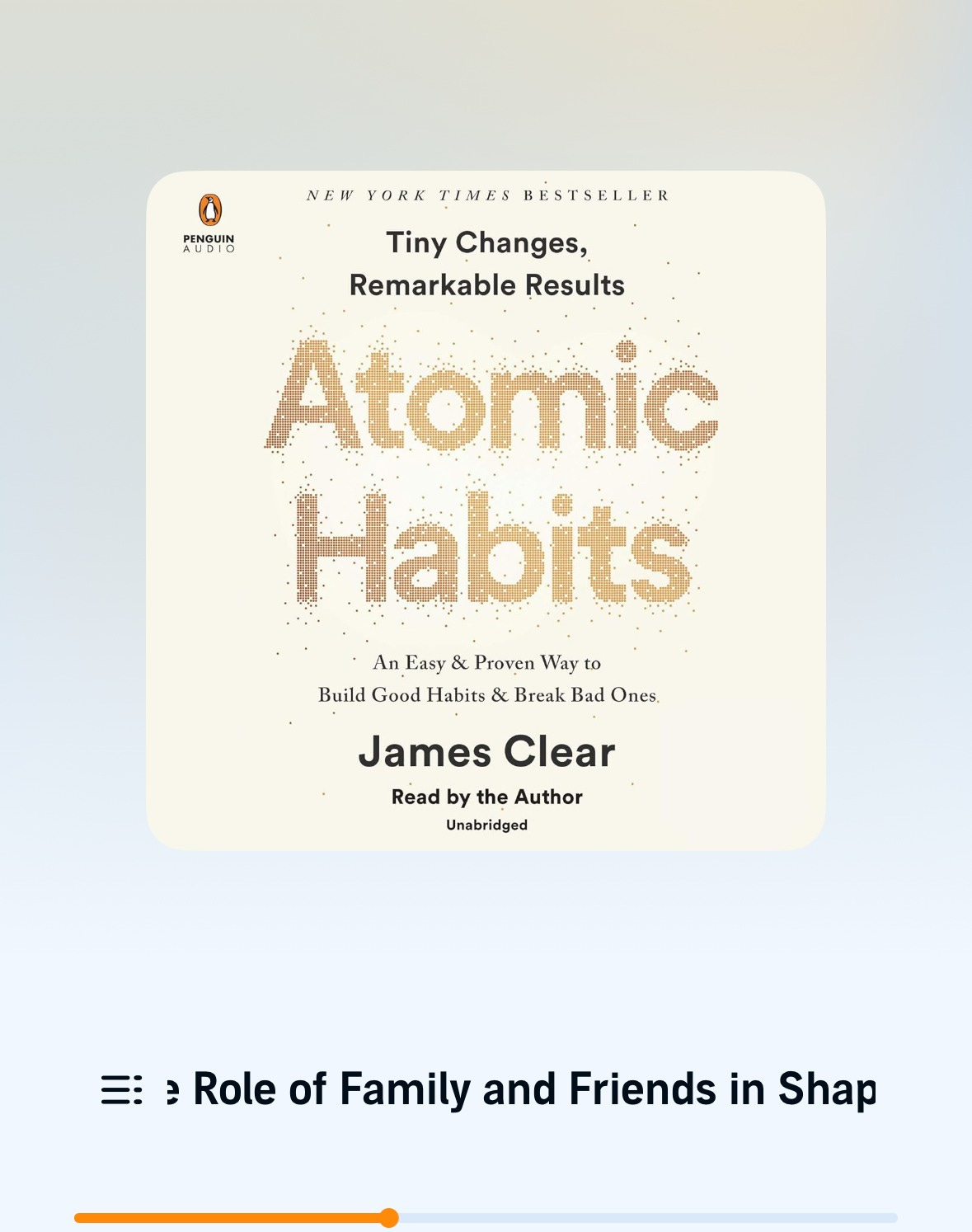Book Review: Atomic Habits by James Clear
Book Review: Atomic Habits by James Clear
James Clear’s Atomic Habits has become one of the most popular self-improvement books of recent years. With its practical, science-backed approach to building good habits and breaking bad ones, the book has helped millions of readers make lasting changes in their lives. But does it live up to the hype? Let’s dive into the key insights, strengths, and potential drawbacks of Atomic Habits.
Overview of Atomic Habits
At its core, Atomic Habits is about how small, incremental changes—what Clear calls "atomic habits"—can lead to remarkable long-term results. Instead of focusing on big, overwhelming goals, Clear argues that success comes from improving by just 1% every day. Over time, these tiny improvements compound, leading to massive progress.
The book is structured around a simple framework for habit formation, which Clear calls The Four Laws of Behavior Change:
Make it Obvious (Cue)
Make it Attractive (Craving)
Make it Easy (Response)
Make it Satisfying (Reward)
By applying these principles, readers can build good habits that stick and eliminate bad ones effectively.
Key Takeaways from Atomic Habits
1. Focus on Systems, Not Just Goals
One of the book’s most powerful ideas is that systems (the daily processes and habits we follow) are more important than goals. While goals give us direction, systems ensure consistent progress. Instead of setting a goal to "lose weight," for example, Clear suggests focusing on building habits like eating healthier meals and exercising regularly.
2. Identity-Based Habits
Clear emphasizes the importance of identity change in habit formation. Instead of saying, "I want to run a marathon," you should think, "I am a runner." By aligning habits with your identity, you make them more sustainable. The key is to reinforce this identity with small, consistent actions.
3. The Power of Habit Stacking
One of the most actionable strategies in the book is habit stacking, where you link a new habit to an existing one. For example:
"After I brush my teeth, I will meditate for one minute."
"After I pour my morning coffee, I will write down three things I’m grateful for."
By attaching new behaviors to established routines, habits become easier to adopt.
4. The Two-Minute Rule
To make habits easier to start, Clear introduces the Two-Minute Rule: reduce a habit to its simplest form so that it takes less than two minutes. Instead of saying, "I will read for an hour," start with, "I will read one page." This removes resistance and builds momentum.
5. How to Break Bad Habits
Just as you can build good habits using the Four Laws of Behavior Change, you can break bad habits by inverting them:
Make it Invisible (Reduce exposure to triggers)
Make it Unattractive (Reframe your mindset)
Make it Difficult (Add friction)
Make it Unsatisfying (Create accountability)
For example, if you want to stop using social media before bed, you could leave your phone in another room (making it invisible) or delete apps (adding friction).
Strengths of the Book
Easy to understand and apply: The book is filled with real-world examples and actionable advice.
Science-backed principles: Clear combines psychology, neuroscience, and personal anecdotes to explain habit formation.
Highly practical: Unlike many self-help books that focus on motivation, Atomic Habits gives concrete steps to create real change.
Potential Criticisms
Repetitive at times: Some readers might find that the book reinforces the same ideas in multiple ways.
Not a quick fix: While the book provides powerful strategies, habit change requires patience and consistency—it’s not an instant solution.
Final Verdict
Atomic Habits is one of the best books on habit formation and personal growth. Whether you want to be more productive, get healthier, or improve any area of your life, the principles in this book can help you make sustainable changes.
If you’re serious about transforming your habits, this book is a must-read.
Rating: ⭐⭐⭐⭐⭐ (5/5)
Have you read Atomic Habits? What’s one habit you’ve successfully changed using Clear’s principles? Let’s discuss in the comments!




